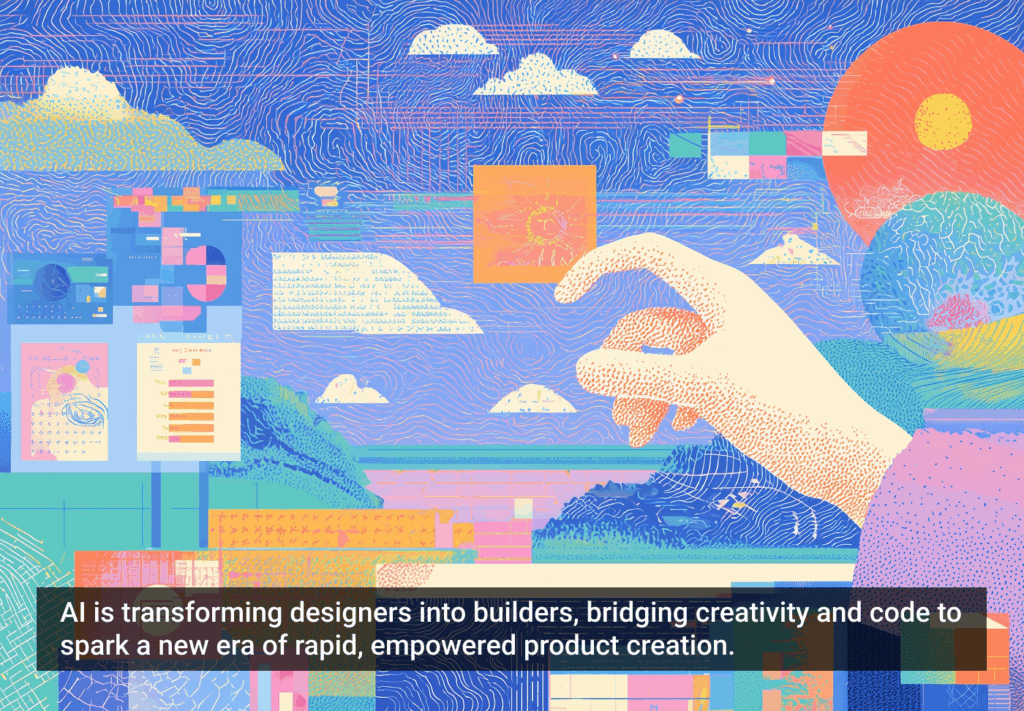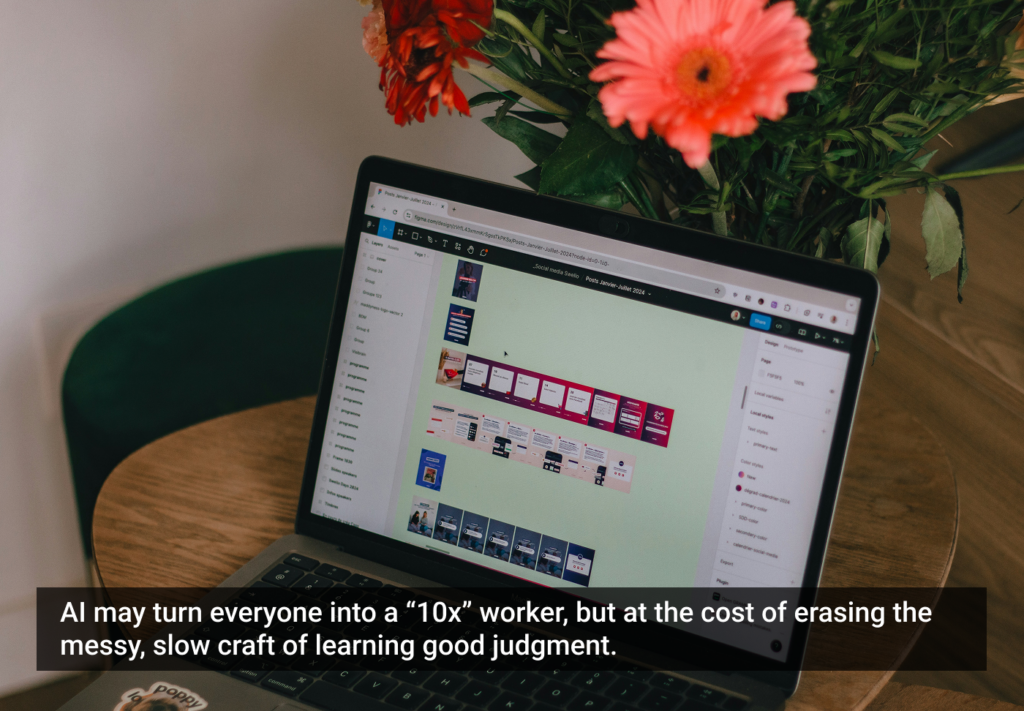I’ve managed a few teams in my time (cue crotchety old man music), and have accrued some insights that can help your design team run (semi) smoothly.
That being said, some of these recommendations are applicable to all types of teams, and I list them for the sake of completeness.
Have Shared Vision and Direction
Have a mission statement and a set of principles the team can follow, and make sure everything is pragmatic and achievable. If you pump your team up with lofty aspirations and blue-sky visions they will quickly become demotivated when the hard fist of reality shatters those dreams.
Set a Rigid but Flexible Process
Set a standard design process based on best practices so that junior designers can have a guideline for performing their jobs. Be flexible about the details of the process if team members come up with better ideas on how to do things, keeping in mind that “flexible” is not the same thing as “disposable.” Process is important, and a repeatable process will increase efficiencies over time.
Spread the Love Around
Don’t play favorites. Let everyone have a shot at the big projects. Even if you don’t think a member of the team has the ability to do the job well, you have to give them a chance to step up. Just pay close attention and help them when they need it.
Listen and Pay Attention
You need to be there for the team, and a lot of that involves listening to a lot of complaints and gossip. Be encouraging and offer support. Be ready to intervene if your team members need help. And try not to gossip back if you can help it. That feeds the beast and can result in demotivated team members.
Allow for Disagreements, but Don’t let Them get Personal
Design teams are composed of passionate individuals, and they will often wear those passions on their sleeves. Let them debate, but don’t let it get out of hand or get in the way of work, and don’t let people insult one another or each other’s abilities. Act as a referee and be ready to cut off debate when things get too heated.
“You are not the Work”
This is one of the most important points I can make. Designers have to separate themselves from their work, because what they have designed will change before it’s finally implemented. You might also find through usability testing that some ideas and designs don’t work at all. Continuously reinforce these points to your team (especially to less experienced members who may have trouble with objectivity).
Don’t Compete: Mentor
As a leader of a design team you should never put yourself in a situation where you are competing with anyone on your team. When I say that, I mean don’t be working as a designer and a manager at the same time, because that can cause jealousy and discord. If you have to step in and work, do it by partnering with a junior team member and use it as a mentoring opportunity.
Set Up Peer Designing
There’s a practice in software development called peer programming, where two developers partner to code a particular project. It allows for each developer to play to his or her strengths and to “cross-train” with a colleague. The same practice can and should be used whenever possible in UX design teams. Having two or more people working together allows for the generation of more ideas. It also gives one designer the ability to support and encourage the other when he or she needs it.
Credit the Team for Successes, not Yourself
If a design project goes well, give full credit to the people who did it. And if things go badly, don’t throw anyone under the bus. As the manager the buck stops with you, and you need to take responsibility. UX professionals tend to be a perceptive lot, so members of your team will notice this and appreciate you for it.
Don’t Play Favorites (and Don’t Hire Friends)
Don’t spend all your time with just one member of your team. Be equitable with how you invest your time with everyone, otherwise people will be left out and they may not give their all when you need it from them.
It’s also very tempting to build a team with colleagues you’ve worked with before, because you know the quantity of their work and have enjoyed working with them in the past. Don’t do it. In my experience, bringing in friends to work for you will end up resulting in bad things happening: mainly because once they have worked with you as a peer they won’t respect you as much as the boss.
Appreciate that People are Different
You’re going to have a mix of different skills on your team, and not everyone is going to be the “perfect designer” who you can just throw a project to and let them go. Pay attention and play to your team members’ strengths and passions whenever possible. Be accepting of the fact that some people are going to be more ambitious while others are perfectly content doing work at a junior level.
Mentor, Don’t Command
You cannot mandate design direction. Your team members are individuals with their own perceptions of the problem space, and are going to have their own ideas. You may know what the right approach is, but sometimes the best thing you can do is let the team decide on their own (with a little coaching from you) that your approach is the way to do it.
Allow for Regular Research Time
Unless you are under a crushing deadline that requires all hands on deck, give your team time to become better designers and researchers by reading articles and books. Make continuing education a necessary part of everyone’s schedule, and allow the team to share what they learn with each other (preferably over drinks at a social hour).
Have Fun!
I’ve attended design retreats where we play-acted scenarios, taking the abstract journey maps and personas that were developed and recreating them live. Not only does this type of activity get the design team up and engaged, it also makes design feel like a unique and fun experience: not just for the team, but for the UX team manager as well.
Captain Kirk once said, “The more complex the mind, the greater the need for the simplicity of play.” User experience design teams are usually made up of some very smart and “complex” minds: always allow for opportunities to explore and play.
Image of business being conducted courtesy Shutterstock.







